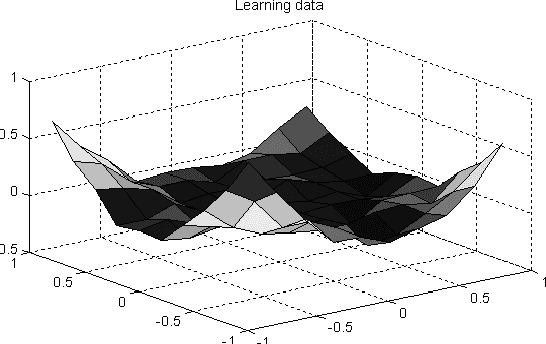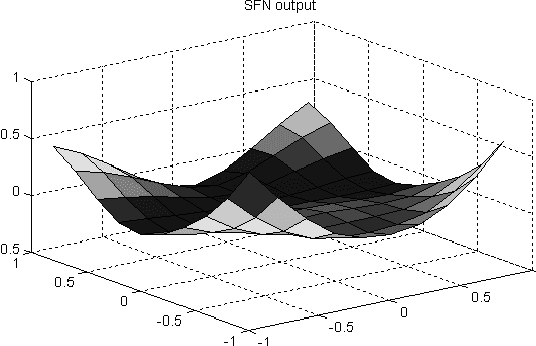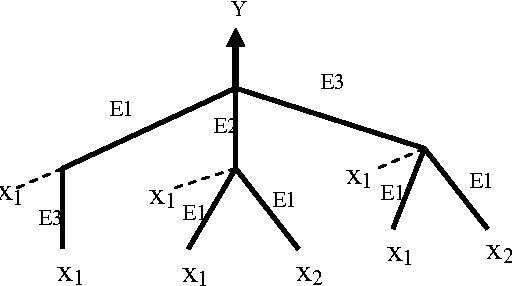George S. Eskander
Offline Signature-Based Fuzzy Vault (OSFV: Review and New Results
Aug 18, 2014



Abstract:An offline signature-based fuzzy vault (OSFV) is a bio-cryptographic implementation that uses handwritten signature images as biometrics instead of traditional passwords to secure private cryptographic keys. Having a reliable OSFV implementation is the first step towards automating financial and legal authentication processes, as it provides greater security of confidential documents by means of the embedded handwritten signatures. The authors have recently proposed the first OSFV implementation which is reviewed in this paper. In this system, a machine learning approach based on the dissimilarity representation concept is employed to select a reliable feature representation adapted for the fuzzy vault scheme. Some variants of this system are proposed for enhanced accuracy and security. In particular, a new method that adapts user key size is presented. Performance of proposed methods are compared using the Brazilian PUCPR and GPDS signature databases and results indicate that the key-size adaptation method achieves a good compromise between security and accuracy. While average system entropy is increased from 45-bits to about 51-bits, the AER (average error rate) is decreased by about 21%.
A Novel Symbolic Type Neural Network Model- Application to River Flow Forecasting
Aug 09, 2008



Abstract:In this paper we introduce a new symbolic type neural tree network called symbolic function network (SFN) that is based on using elementary functions to model systems in a symbolic form. The proposed formulation permits feature selection, functional selection, and flexible structure. We applied this model on the River Flow forecasting problem. The results found to be superior in both fitness and sparsity.
Round Trip Time Prediction Using the Symbolic Function Network Approach
Aug 09, 2008



Abstract:In this paper, we develop a novel approach to model the Internet round trip time using a recently proposed symbolic type neural network model called symbolic function network. The developed predictor is shown to have good generalization performance and simple representation compared to the multilayer perceptron based predictors.
 Add to Chrome
Add to Chrome Add to Firefox
Add to Firefox Add to Edge
Add to Edge